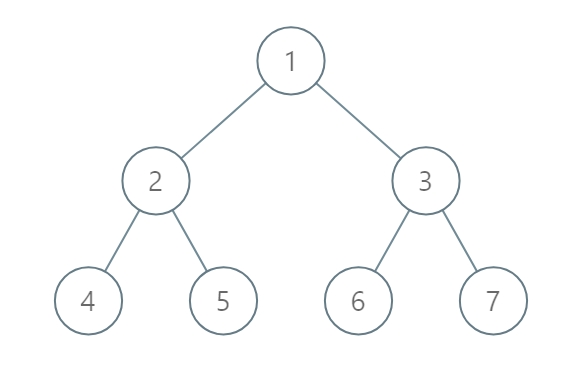987. Vertical-Order-Traversal-of-a-Binary-Tree
difficulty: Medium
section pre{ background-color: #eee; border: 1px solid #ddd; padding:10px; border-radius: 5px; }
Given a binary tree, return the vertical order traversal of its nodes values.
For each node at position (X, Y), its left and right children respectively will be at positions (X-1, Y-1) and (X+1, Y-1).
Running a vertical line from X = -infinity to X = +infinity, whenever the vertical line touches some nodes, we report the values of the nodes in order from top to bottom (decreasing Y coordinates).
If two nodes have the same position, then the value of the node that is reported first is the value that is smaller.
Return an list of non-empty reports in order of X coordinate. Every report will have a list of values of nodes.
Example 1:
Input: [3,9,20,null,null,15,7]
Output: [[9],[3,15],[20],[7]]
Explanation:
Without loss of generality, we can assume the root node is at position (0, 0):
Then, the node with value 9 occurs at position (-1, -1);
The nodes with values 3 and 15 occur at positions (0, 0) and (0, -2);
The node with value 20 occurs at position (1, -1);
The node with value 7 occurs at position (2, -2).Example 2:

Input: [1,2,3,4,5,6,7]
Output: [[4],[2],[1,5,6],[3],[7]]
Explanation:
The node with value 5 and the node with value 6 have the same position according to the given scheme.
However, in the report "[1,5,6]", the node value of 5 comes first since 5 is smaller than 6.Note:
The tree will have between 1 and
1000nodes.Each node's value will be between
0and1000.
Method One
/**
* Definition for a binary tree node.
* public class TreeNode {
* int val;
* TreeNode left;
* TreeNode right;
* TreeNode() {}
* TreeNode(int val) { this.val = val; }
* TreeNode(int val, TreeNode left, TreeNode right) {
* this.val = val;
* this.left = left;
* this.right = right;
* }
* }
*/
class Solution {
public List<List<Integer>> verticalTraversal(TreeNode root) {
//和314不一样的地方是,要新建一个 tempMap,然后扫里面全部的list.
// BFS, easy to think about the order.
// use an extra queue to record the x-coordinates.
List<List<Integer>> ans = new ArrayList<>();
if(root == null) {
return ans;
}
Map<Integer, List<Integer>> ansMap = new HashMap<>();
Queue<TreeNode> qNode = new LinkedList<>();
Queue<Integer> qCol = new LinkedList<>();
int minCol = Integer.MAX_VALUE;
int maxCol = Integer.MIN_VALUE;
qNode.offer(root);
qCol.offer(0);
while(!qNode.isEmpty()) {
int qSize = qNode.size();
Map<Integer, List<Integer>> tempMap = new HashMap<>();
while(qSize > 0) {
TreeNode cur = qNode.poll();
int col = qCol.poll();
tempMap.putIfAbsent(col, new ArrayList<Integer>());
tempMap.get(col).add(cur.val);
if(minCol > col) {
minCol = col;
}
if(maxCol < col) {
maxCol = col;
}
if(cur.left != null) {
qNode.offer(cur.left);
qCol.offer(col - 1);
}
if(cur.right != null) {
qNode.offer(cur.right);
qCol.offer(col + 1);
}
qSize--;
}
for(int col : tempMap.keySet()) {
ansMap.putIfAbsent(col, new ArrayList<Integer>());
List<Integer> list = tempMap.get(col);
Collections.sort(list);
ansMap.get(col).addAll(list);
}
}
for(int i = minCol; i <= maxCol; i++ ) {
ans.add(ansMap.get(i));
}
return ans;
}
}Last updated
Was this helpful?